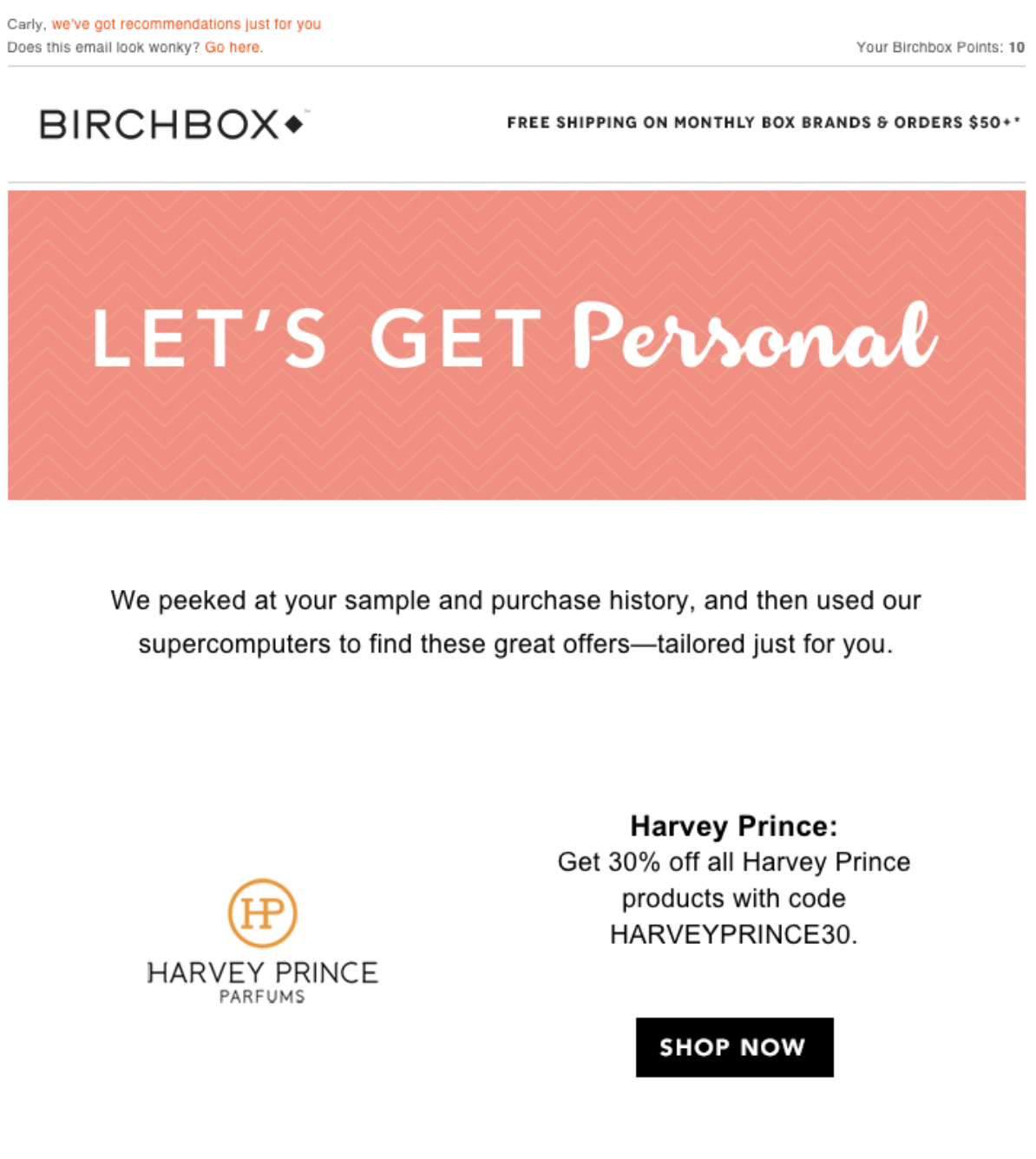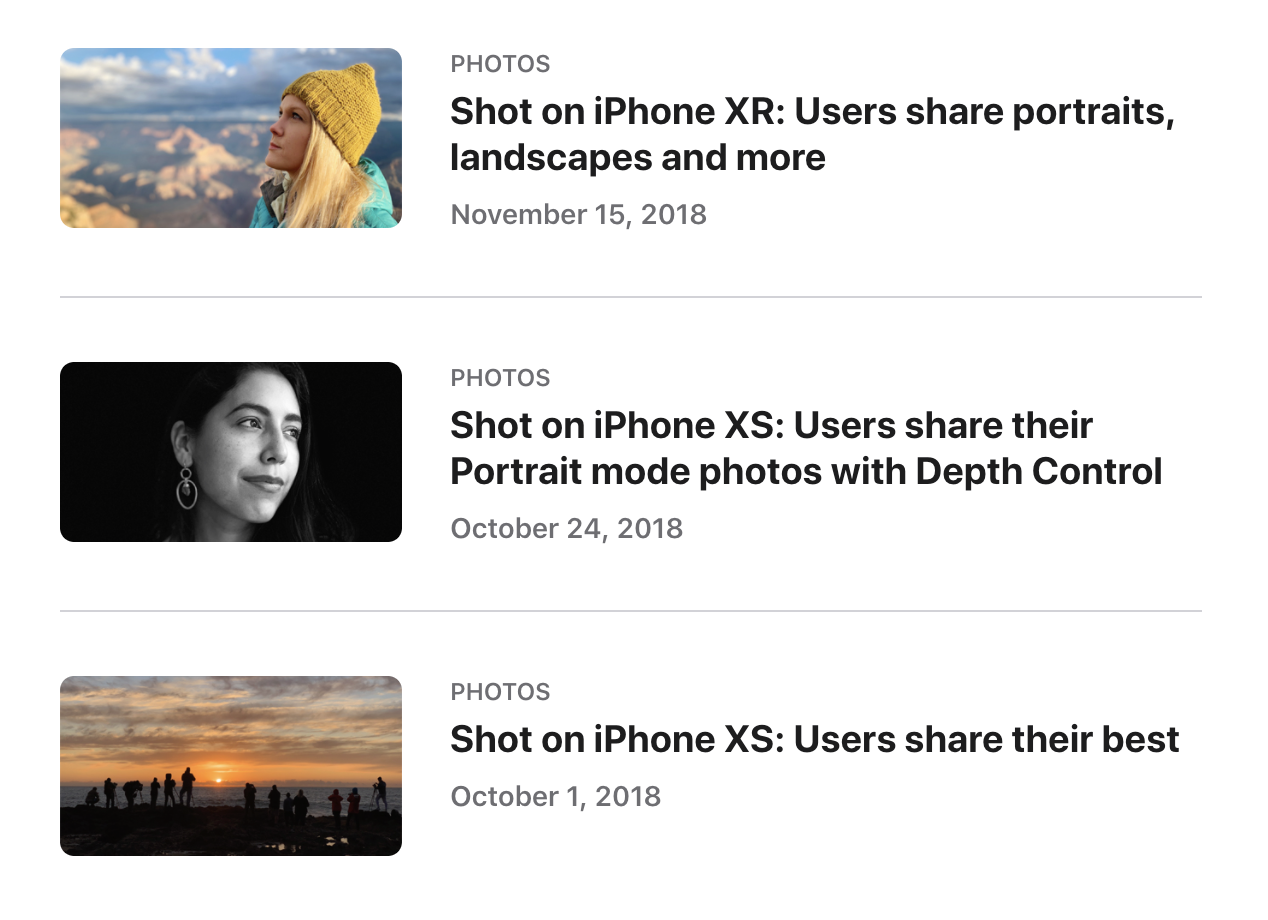What is Customer Engagement in eCommerce?
Here’s what Customer Engagement means, why it’s important, and some tactics to emulate to achieve the growth you’re looking for.
Chapter
What is Customer Engagement?





Here’s what Customer Engagement means, why it’s important, and some tactics to emulate to achieve the growth you’re looking for.




